Takanome: Litter Distribution Research
The Image analysis x Smartphone service to keep your city clean.
Detect, Evaluate, and Improve, all by visualizing the distribution of litter.
Takanome is a technology that uses the power of AI to detect littering and illegal dumping, thus effectively addressing waste problems. By understanding the patterns and trends of waste distribution, we can evaluate the effectiveness of measures against littering and illegal dumping, thereby improving them.
Takanome is being used by various local governments and businesses both in Japan and abroad, contributing to solving waste problems in various areas.
This project is being carried out with a grant from the
"The Nipoon Foundation : Umitonippon Project".
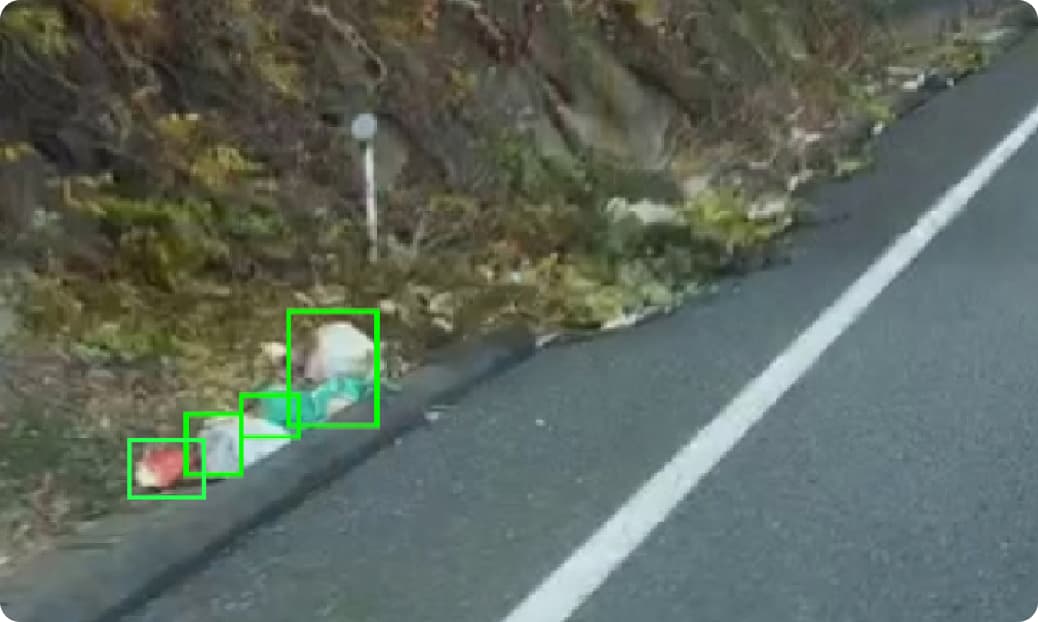
Customer Stories
We find that providing information for those engaging in cleaning activities allow them to pinpoint the areas most in need, which optimizes their cleaning efforts. A motivation boost may also be expected from post-activity surveys by evaluating the effects of their activities.
We believe that collecting data on roadside litter can contribute to promoting community beautification activities and controlling littering. In addition, the sense of being central to contributing to environmental issues can also lead to an increase in drivers' awareness.
By utilizing data collected from route buses, we seek to share the current situation with the local government and citizens, provide opportunities for everyone to be actively involved in the waste problem, and propose joint projects to develope solutions collectively.
Utilizing Survey Data
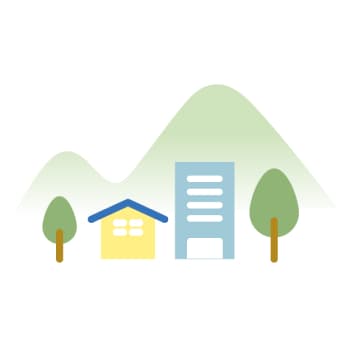
-
Reduction of the investigation costs for illegal dumping
-
Efficiency improvement for clean-up activities by residents
-
Efficiency and quality assurance for road cleaning services

-
Strengthening relationships with local autorities
-
Branding and PR activities
-
Inclusion in sustainability reports
How Takanome Works
The survey can be conducted simply by filming with a dedicated smartphone. The filmed footage will be analyzed for information on waste distribution.
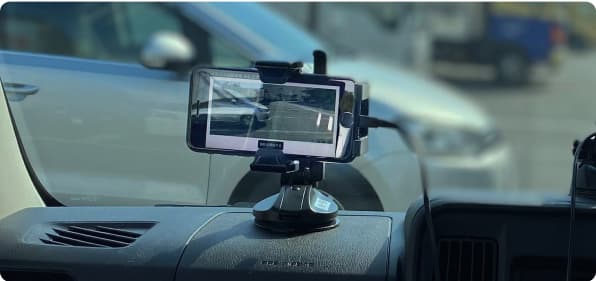
Our proprietary AI system automatically identifies the type and quantity of waste in the footage.
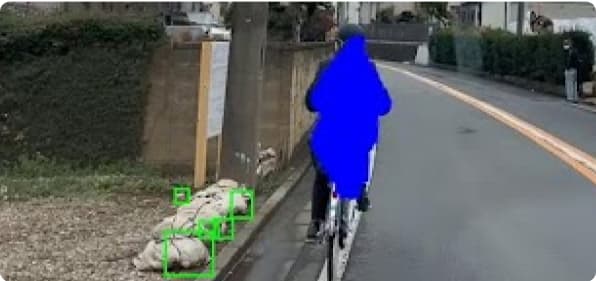
The amount of waste is visualized in a heatmap format. By providing this data, it can be utilized in formulating strategies for community beautification.
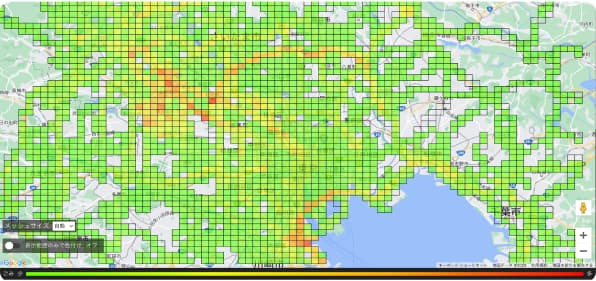
2 Types of Survey
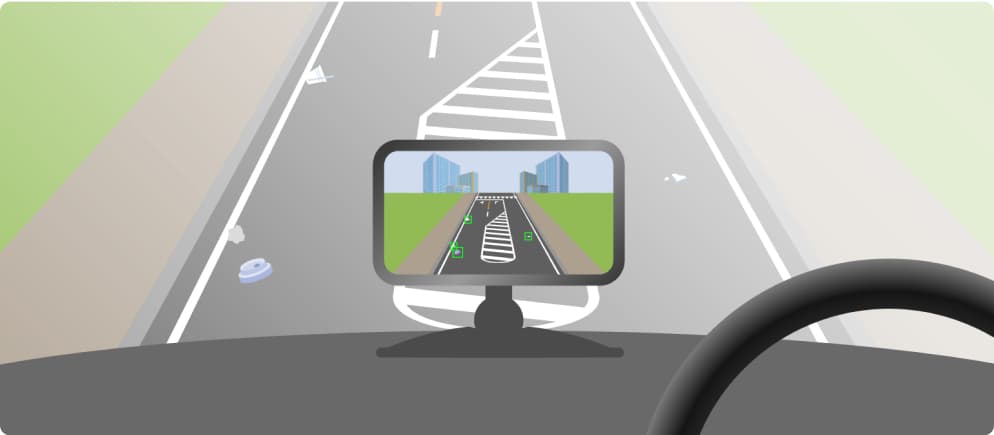
You can survey roadside litter simply by driving a vehicle installed with the dedicated smartphone. This allows for effortless, broad-range tracking of litter conditions.
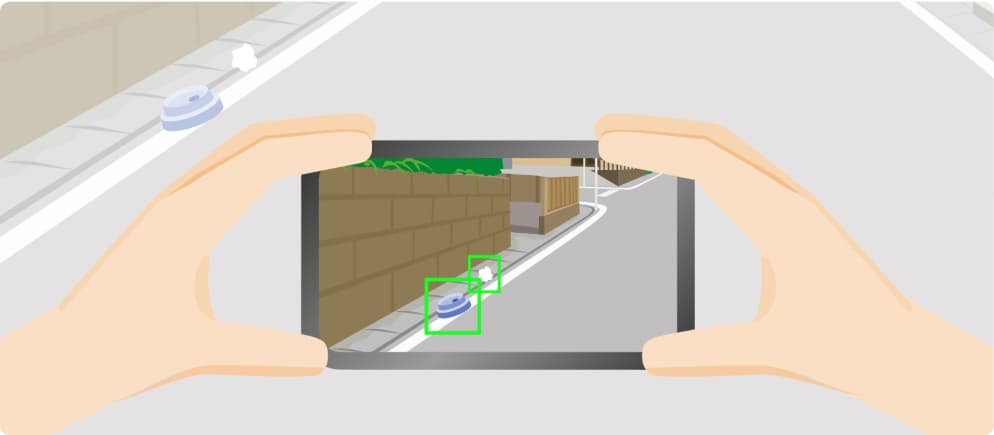
You can survey areas that vehicles cannot reach, such as around train stations. This allows for more detailed analysis, such as the types of litter.
Past Projects
Other Services
We offer solutions tailored to specific challenges related to litter and the environment. Please feel free to contact us.





